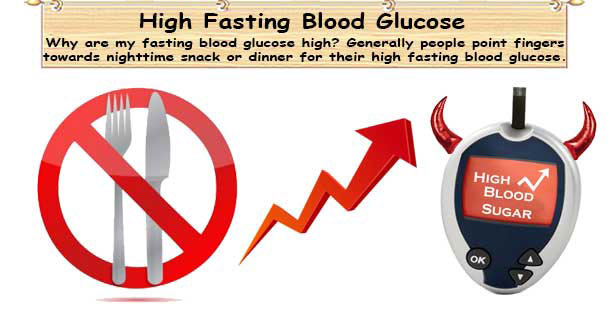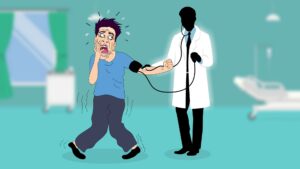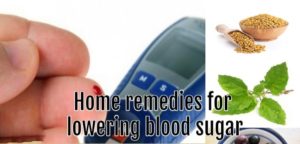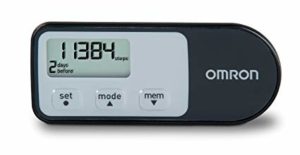
Know All About Fasting Blood Sugar
Testing for the blood glucose levels are of two types namely Random and Fasting. Fasting blood sugar is the level of glucose in the body in the morning before having anything to eat. Usually the fasting is 8 hours of without having anything to drink or eat except water. Random blood sugar refers to the level of glucose in the blood at any given time. Both of these tests are for keep check on the blood glucose levels of the diabetic patients.
The fasting blood glucose levels are also used as a tool to estimate the effectiveness of medications being used to treat the diabetic patient. The test may also be used to check the effectiveness of the dietary changes.
Normally the blood sugar tends to be lower at a fasting stage than after a meal. The meals tend to increase the blood glucose levels and in healthy people there is postprandial rise in the levels of insulin in the body as a result of this increase in blood glucose levels. These two opposite mechanisms regulate and balance the levels of blood glucose in an individual. Insulin is responsible for the breakdown of glucose molecules. Hence these glucose molecules are stored and used for the energy or for future energy needs.
Logically it seems that the blood glucose levels raises after the meals, but unlike that some people may experience that they have higher blood glucose in the morning when they wake up (fasting blood sugar levels). This phenomenon is an indicator that there is a minimal insulin activity in the body during the night. This occurs especially in those diabetic patients who are taking sulfonylureas which are more effective at promoting postprandial insulin release rather than during the prolonged fasting.
Phenomena Affecting the Fasting Blood Sugar Levels
- Release of Glucagon: During the fasting or more than 8 hours without any meals or drinks, the body starts producing a specific hormone known as the glucagon. Glucagon is responsible for the increase in glucose levels in the blood. In healthy individuals, this response is countered by producing insulin enzyme to balance the blood glucose levels in the blood. However in the patients suffering from the diabetes, the body is unable to either produce sufficient amounts of insulin or the insulin usage is not effective to lower the blood glucose.
- Dawn Phenomenon: Apart from that, the fasting blood glucose levels are also increased through another phenomenon known commonly as the Dawn phenomenon. Dawn phenomenon results in increased fasting blood sugar by the release of cortisol hormones. Cortisol hormones are responsible for the increase in the insulin resistance thus increasing the fasting blood glucose levels.
- Somogyi Effect: Another phenomenon known as Somogyi effect refers to increased fasting blood glucose levels followed by unrecognized episode of hypoglycemia during the night. Whenever a diabetic patient experiences an increase in fasting blood glucose levels, monitoring of blood glucose levels is strictly must at the bedtime and at 2 or 3 AM during the night to detect any nocturnal hypoglycemic episode in the night. Awakening drenched in sweat, nightmares and fitful sleep are some of the other indicators of the nocturnal hypoglycemia.
Tests for Fasting Blood Sugar
- Hemoglobin HBA1c: Normally it is not a requirement for the HBA1c to have the patient on fasting. However because it is taken with other test so the patients are usually fasting. This basically measures extent of glycation in the blood. This refers to the attachment of sugar to the hemoglobin protein on red blood cells. Normal range for the HBA1c is 4-6%, but in diabetic patients, the goal is 7%.
- Fasting Blood Glucose: Fasting blood glucose is normally accompanied with HBA1c where the blood sample is taken after at least 8 hours of your last meal and the goal is to achieve the blood glucose levels between 70-100 mg/dL.
- Glucose Tolerance Test: This test basically analyzes the body’s response to consuming the sugar and takes up to 3 hours conducted in a fasting state. It is therefore suitable to schedule the test in the morning after the overnight fast. Before the test, doctors give the patient a syrup with already having 75 gm of carbohydrates. Then will test the blood samples every 30 to 60 minutes for up to 2 hours at least. The final reading of the test at 2 hours after the drink will allow the physician to estimate the body’s capability to process the glucose.
The ranges are as follows:
- Normal: Lower than 100 mg/dL
- Impaired Glucose Tolerance: Between the ranges of 140 mg/dL – 199 mg/dL
- Diabetes: Higher than 200 mg/dL
| Blood Sugar Level Chart | |||
| Fasting (mg/dL) | Just Ate (mg/dL) | 3 hours after eating (mg/dL) | |
| Normal | 80 – 100 | 170 – 200 | 120 – 140 |
| Pre-Diabetic | 101 – 125 | 201 – 230 | 141 – 200 |
| Diabetic | 126 + | 230 + | 200 + |
Causes of Increased Blood Glucose Levels
In a diabetic patient, the reduction in the insulin function can result from two different causes. It maybe caused by an insufficient production of the insulin in the body. It is as a result of partial or complete destruction of insulin producing cells. This is typical for the type 1 diabetes. This loss of insulin producing cells results from autoimmune disorders. The body’s own immune system starts attacking and destroying these cells.
The second mechanism is known as the insulin resistance where the body fails to respond effectively to the insulin. This usually happens in type 2 diabetes. As a result of these two mechanisms, the blood glucose levels tend to increase in the diabetic patients.
Factor’s affecting the fasting blood sugar levels
Normally three of the following factors govern the levels of the fasting blood sugar. It depends upon
- The size of the last meal eaten by the patient
- The actual contents of the last meal taken
- The body’s ability, both to produce and respond to the insulin.
Normally doctors conduct the test for fasting blood sugar level on two instances to get more reliable results and minimizing the chances of a false diagnosis. This is absolutely necessary because the increased blood glucose levels can result from a wide range of pathological conditions including eclampsia, pancreatitis, cushing’s syndrome & in kidney or liver disease.
Normal Ranges of Fasting Blood Sugar Levels
Normal fasting blood sugar levels in the body can be as follows
- In Normal Individuals: 70-99 mg/dl
- Pre-diabetes: 100-125 mg/dl
- Diagnosis of Diabetes: 126 mg/dl (according to the updated recommendations of the American Diabetes Association)
Abnormally low levels of fasting blood sugar also tend to be due to diabetes medication. Close monitoring of fasting blood sugar levels is an essential part of managing the patients suffering from diabetes or the individuals who are at risk of developing diabetes.













